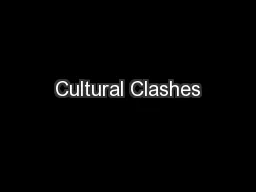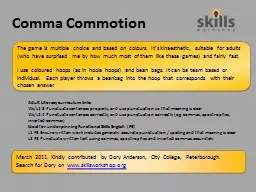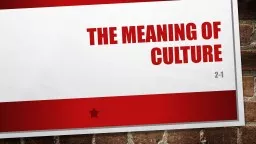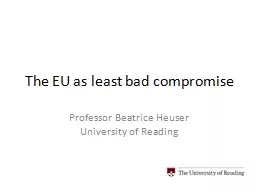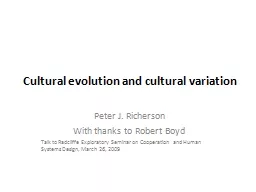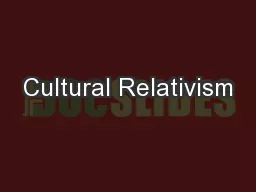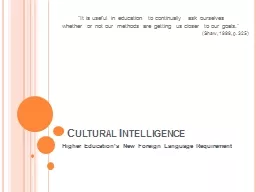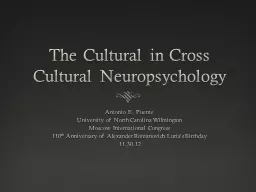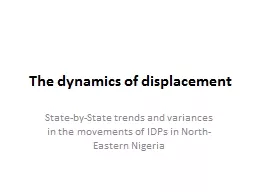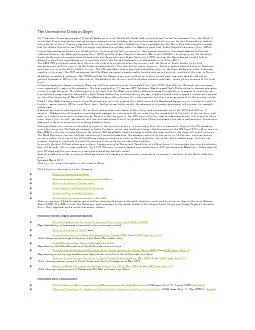PPT-Cultural Clashes
Author : stefany-barnette | Published Date : 2017-09-28
EQ Why do certain barriers produce conflict When do they encourage cooperation India and Pakistan IndoPakistan War of 1947 1965 1999 Kashmir is the region between
Presentation Embed Code
Download Presentation
Download Presentation The PPT/PDF document "Cultural Clashes" is the property of its rightful owner. Permission is granted to download and print the materials on this website for personal, non-commercial use only, and to display it on your personal computer provided you do not modify the materials and that you retain all copyright notices contained in the materials. By downloading content from our website, you accept the terms of this agreement.
Cultural Clashes: Transcript
Download Rules Of Document
"Cultural Clashes"The content belongs to its owner. You may download and print it for personal use, without modification, and keep all copyright notices. By downloading, you agree to these terms.
Related Documents

